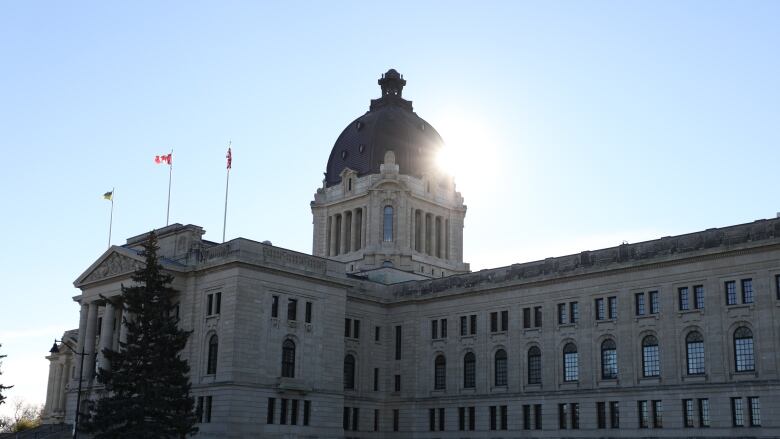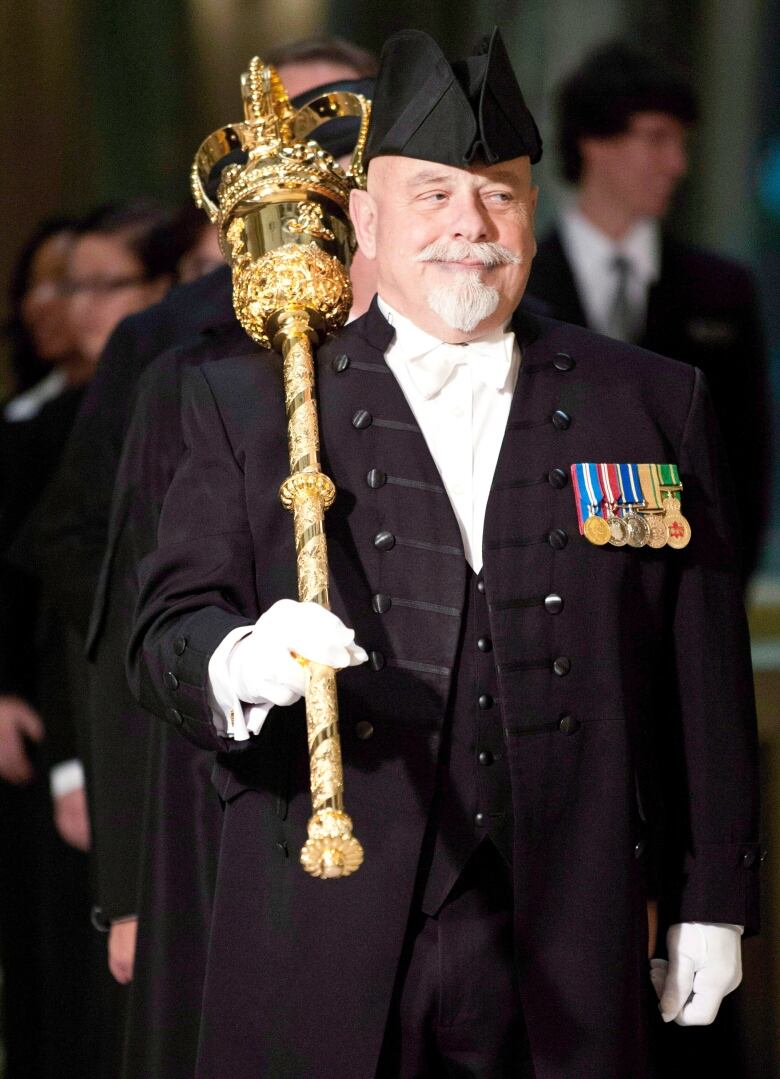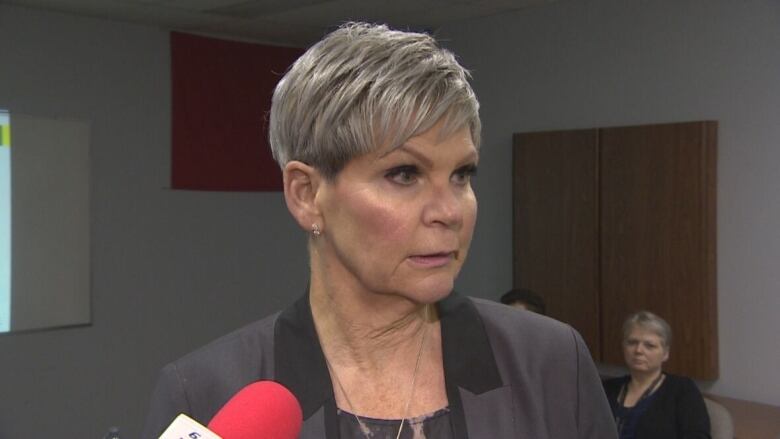Former sergeant-at-arms puzzled by need for change to security at Saskatchewan legislative assembly
'I personally don't see what is to be gained by changing it,' said former sergeant-at-arms

A man who spent over 20 years as sergeant-at-arms at the Saskatchewan legislature isconfused bythe recent decision ofthe provincial government to effectively end the independence of security at the Legislative Assembly of Saskatchewan.
"I personally don't see what is to be gained by changing it," Patrick Shaw told Stefani Langenegger, the host ofCBC'sThe Morning Edition.
For more than 20 years between 1995 and 2015 Shawwas the sergeant-at-arms, and he said the role is multi-faceted.
When the legislature is sitting,the sergeant-at-arms is responsible for bringing in the ceremonial mace thatremains in front of the Speaker of the legislature for as long as they preside over the assembly.
The other role of thesergeant-at-arms is to maintain security in thechamber, the legislative building and the legislative grounds.
But after decades of that position operating without issue that may soon change.

Bill 70, introduced by the provincial government last month, would remove nearly all of the position's security-related duties and put them in the hands of a security director appointed by the Minister ofCorrections, Policing, and Public Safety.
Thesergeant-at-arms would only be responsible for security within the legislative chamber.
Few answers, more questions
There havebeenfew answers from the government on what the new force would look like or how much it would cost.
Christine Tell, the minister ofCorrections, Policing, and Public Safety, has been unable to answer how many officers are expected to make up the force, whether it would be armed and whether its members would be in uniform.
The lack of answers only raise more questionsfor Shaw.
"I think it's very, very important that there's an independent body there that serves all parties in the non-partisan way," Shaw said.
"And if that doesn't happen, what's going to happen when there is,and there will be at some point, a change of government?"
The proposed changes havedrawn criticism from the Opposition who contend that it will move a non-partisan security operation into a partisan security force.
In the current structure, the security team answers to the Speaker.Under the proposed legislation, the security director would only answer to Tell, the minister of Corrections, Policing and Public Safety.
Tell has said the changes were necessary as a result of escalating protests and security threats from inside and outside the building.

Whenrepeatedly pressed for an example of the threats, Tell has declined, citing privacy.
It's a decision that has not just baffled Shaw andcurrent members of the Opposition but also a former Justice minister.
"There has to be a much better explanation for why it's being introduced, and what we've heard so far is not, you know, any explanation at all," John Nilson, whowas appointed to the role in 1995, saidon Monday.
Nilsonhas a special appreciation for thethe role ofthe sergeant-at-arms.
In 1997, a man attempted to perform a citizen's arrest on the then-Justice minister. Shaw was one of the men who stopped it.
"I always felt as if he had protection for all of us, premier and cabinet ministers and members of the legislature," Nilson said.
The Opposition has theorized that the provincial government wants a new security force that would be able to crack down on protests it didn't like.
That could include instanceslike the protest carried out in Sept. 2020 byTristen Durocher
Durocherhad camped in a teepee across from the legislative building as part of a 44-day ceremonial fast, which he called Walking With Our Angels.
Durocher said it was a response to a suicide prevention bill put forward by the NDP being voted down by the provincial government.
The provincial government and the Provincial Capital Commission sought a court order for Durocher's removal in August, saying he was in violation of bylaws.
A Regina judge allowed Durocher to complete his fast and vigil "without further incident."
Shaw says that as the sergeant-at-arms he always worked closely with Regina police and the RCMP, asit was necessary to be able to call in back up if needed.
He said there were plenty of protestors in his time overseeing the legislature. Shaw said during that time there were never any issues that he felt his office could not handle.
With files from The Morning Edition, Adam Hunter












_(720p).jpg)


 OFFICIAL HD MUSIC VIDEO.jpg)
.jpg)



























































































